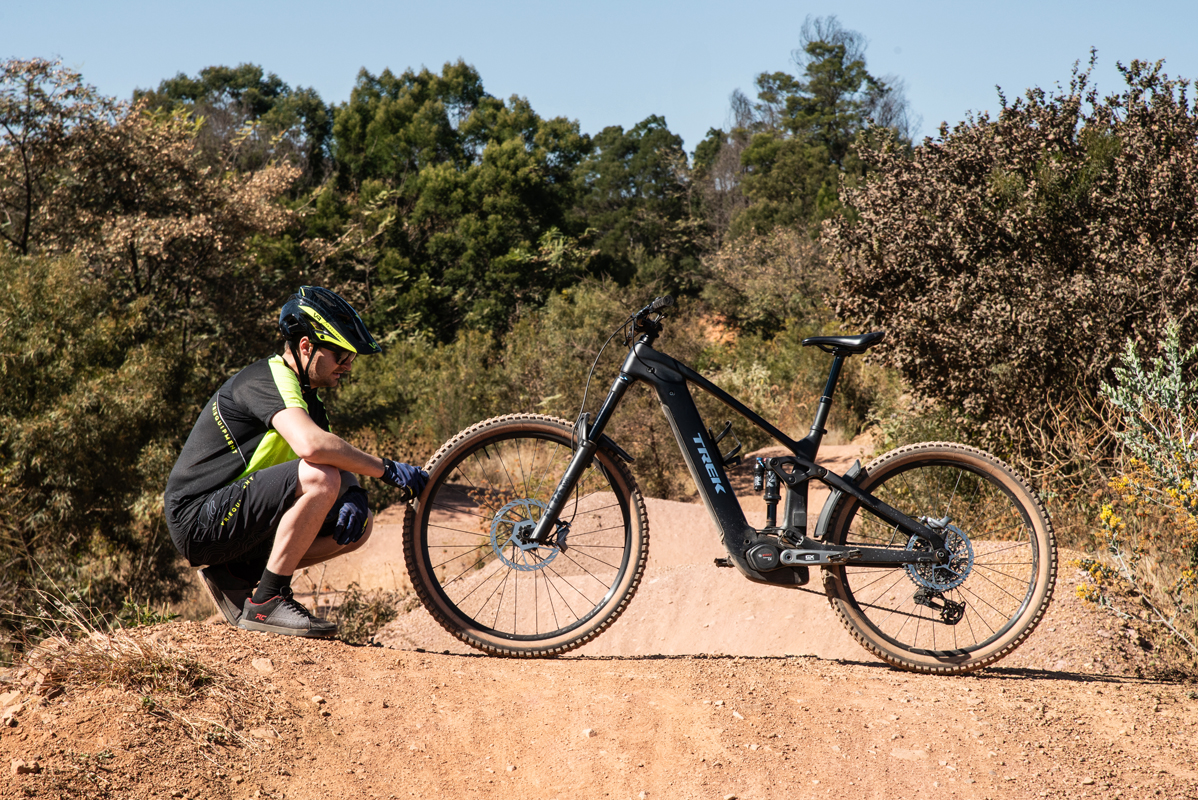
It’s fascinating to think that the bicycle was just one clever invention designed to provide transport to the masses; the idea of being quicker than walking and cheaper than buying a horse. Nowadays, there are more bicycle categories than I can even try to name on two full hands. Just like the normal bicycle over the last 100 years, e-bikes can no longer be simply dubbed as sidewalk cruisers, but instead, they have evolved into almost every bicycle category, with battery and frame technology finally reaching a decent range and being light enough not to detract from the joys that is cycling.
I honestly don’t think that e-bikes are just for the unfit, unhealthy or once in a blue moon single event kind of cyclists. If you look at the e-MTBs that are rolling out of Trek’s stable, these bicycles would suggest that you are a seriously skilled rider, with hardware that you’d be lucky to find on the top of the range enduro bicycle a few years ago and other components that seemed to have fallen off of Trek’s race team bench and magically installed themselves onto these “e-models”.

What I’m trying to say is, hang around long enough in any high-intensity sport and you will get a few injuries over the years that plague your performance and maybe even stop you permanently—if you cannot ride at that high level anymore, what is the point, am I right? I myself have inherited ankle ligament issues over the years from BMX, longboarding and a bad motorcycle accident, so I very much appreciate the assistance from an e-bike because it helps me regain what I’ve lost.
This is who TREK are still focusing on with many of their top-of-the-range units and the latest TREK Rail 5 range, and the “9.8” is no exception.
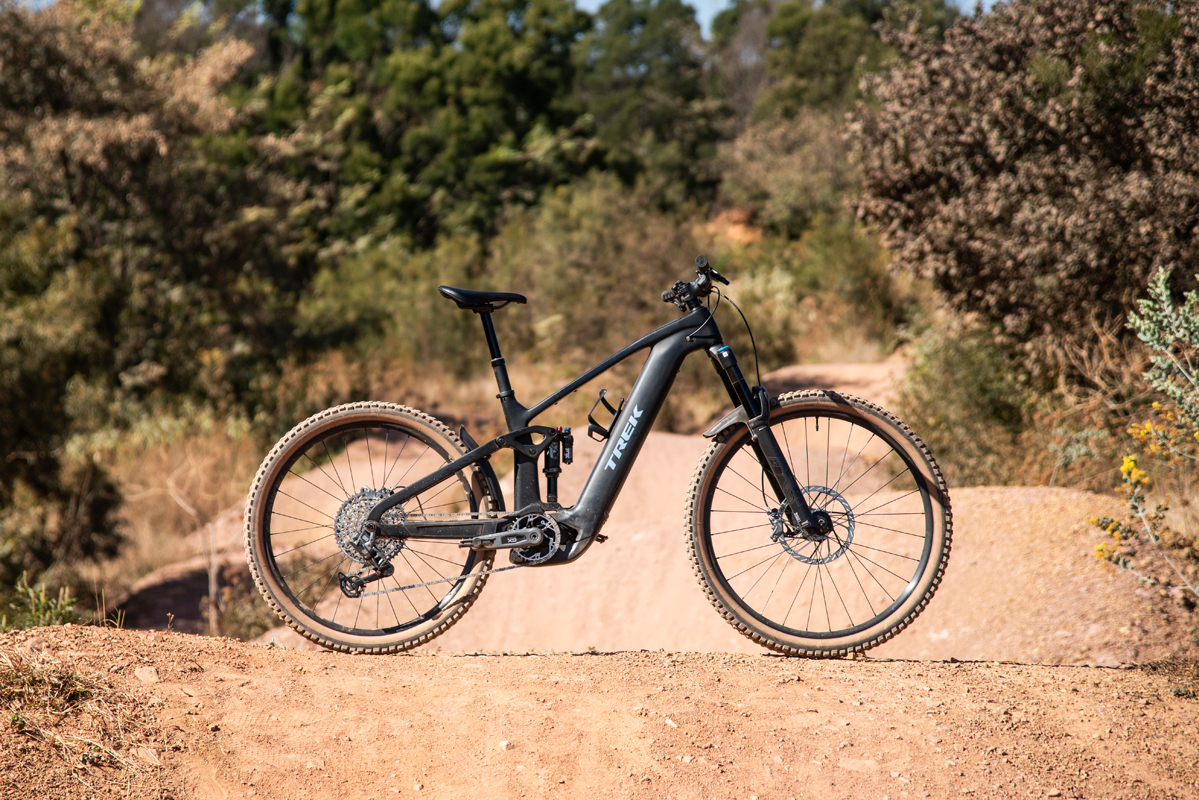
Trek’s latest Rail+ is their 5th generation Rail, and with it, we see a completely redesigned frame, the new Bosch PerformanceLine CX motor, updated Bosch PowerTube 2.0 battery (800 Wh) with easier removal, a 10 mm increase in rear travel to 160 mm and a 29’ wheel up front with a 27.5’ rear creating a new mullet design. Interesting features that must be mentioned are the angle-adjustable headset for more slacker or steeper geometry, and the new frame design, which sees the Rail also compatible with a coil shock and 170 mm fork; if enduro is something you’d like to progress into.
Besides the quick rundown of what’s new for the Rail family, there are three Rails to choose from, starting at R105,000 for the 8, R135,000 for the 9.7 and R169,000 for our test bike, the 9.8. The 8 and 9.7 models are basically the same bike, sharing many of the same components, but where the 9.7 overtakes the 8 is with its carbon frame and higher spec Cassette in the form of Shimano SLX M7100 vs the more base spec Deore M6100. “Tomayto, tomahto,” you decide what suits your preference best.
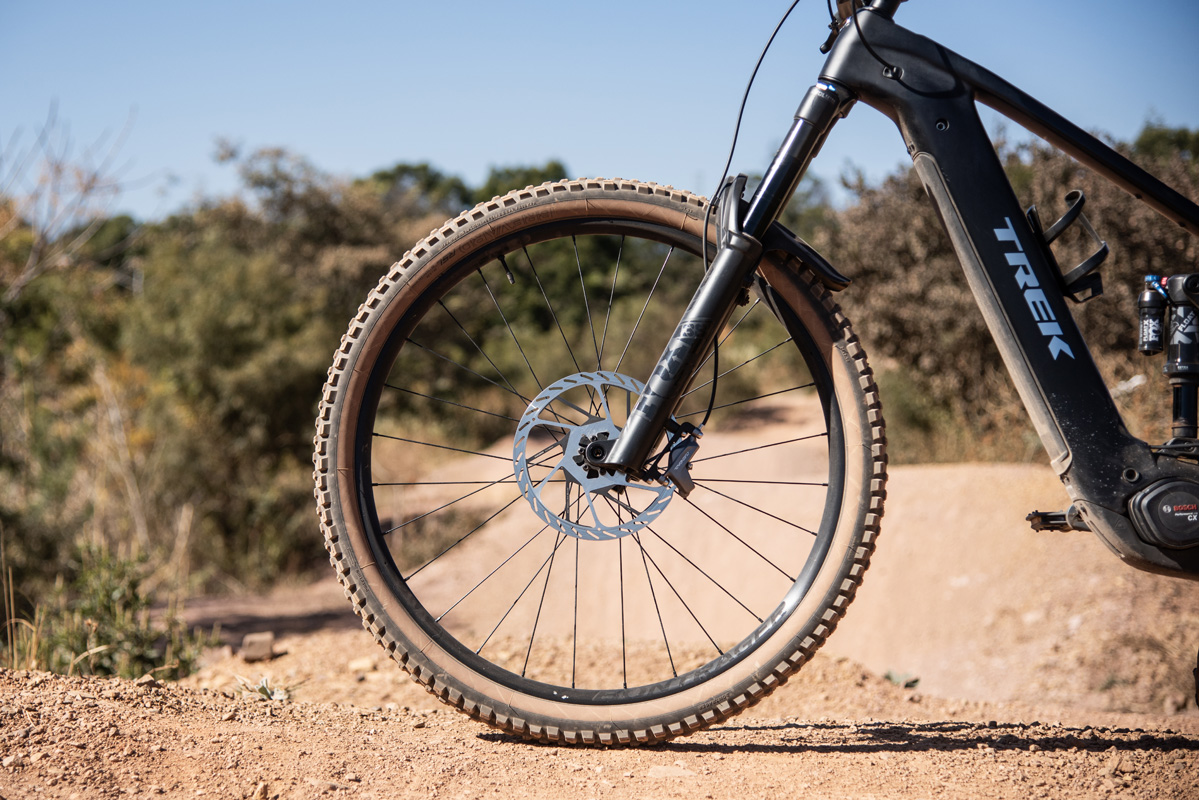
Then we get the 9.8, and the 9.8 ditches Shimano’s 12-speed XT/SLX drivetrain for the SRAM GX Eagle AXS, stronger SRAM code bronze 4-piston brakes, carbon bars from Bontrager and swaps out RockShox for Fox Performance Elite float 38 forks and rear shock. In a nutshell, without nerding out any further, that’s the basic difference and where your extra spend is placed.
Coming off a recent cycle on a Trek Fuel EXe, the Rail+ really did blow my hair back, and it took some time to get used to the different riding characteristics of the geometry, but also the exceptionally powerful Bosch CX motor. It’s about 35 Nm stronger than the EXe at 85 Nm (capable of 100 Nm with a software update) and has a decent range with its 800 Wh battery vs the older 650 Wh in the last gen Rail. The Exe is an exceptional bicycle and probably one of my favourite e-MTBs ever, as it tries its best to stick as close to the normal bike radar as an e-bike can with its amazing TQ-HPR-50 motor and lightweight. However, if newton meters is what you are after and what helps you enjoy your trail rides, the Rail certainly packs a Tyson-like punch.
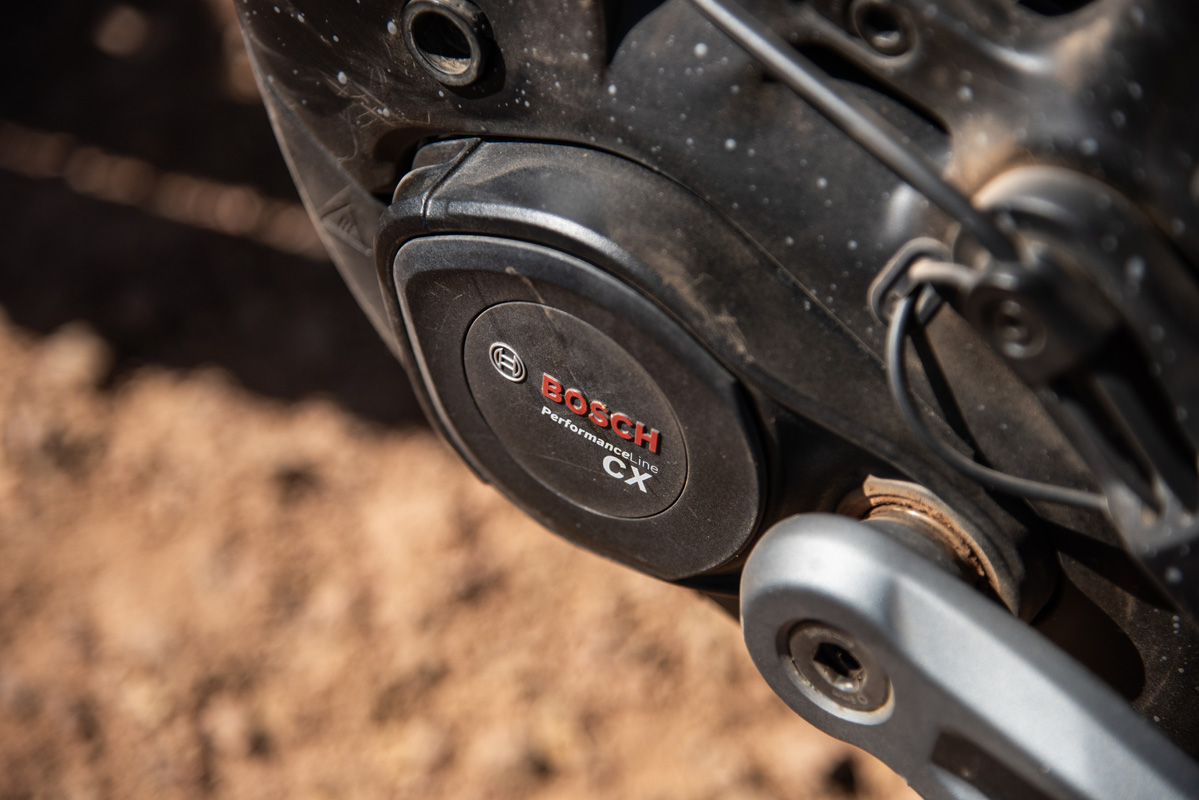
I really don’t mind tech on cars and motorcycles, but on bicycles, it’s best when it is left simple—I’m out to play on my bicycle, not play an arcade game. Thankfully, managing and selecting different power modes is super simple on the Rail! The Rail uses the Bosch smart system, which provides four power modes: ECO, TOUR+, eMTB, and TURBO, which are all selected using the Bosch System Controller on the top tube or left-hand side switchgear.
eMTB was the mode of choice for me as it offered just enough go, plenty of control, and the clever system automatically adjusts the level of assistance based on the terrain, providing a responsive and smooth ride. It’s so good you can’t really feel any intervention or change in consistency, and therefore it feels natural in its delivery. ECO is great if you are cruising on the flat stuff and want to save some battery, but I must be honest and say, if you aren’t on an economy run, this mode will most likely never see light of day, not with me anyway.

TOUR+ is an interesting mode, one that reminds me of when e-bikes first hit the market, as it provides more assistance when you exert more force, offering a natural pedalling sensation, although with a slight delay. TURBO is a laugh, it is so much fun even if it chows battery life. If you are in the first 6 cogs of the drive train, the front wheel can easily hoist itself past 10 AM, getting to the 32 km/h max assist speed in seconds. It’s a great mode to jump to when climbing a technical section, but if control and traction are what you want, I’d still select eMTB.
If tailoring your modes and tracking your routes is of importance to you, then downloading Bosch’s eBike Flow app lets you take control of your ride. It works with both iOS and Android phones, auto-updates your remote and display with the latest features, and the home screen gives you a quick overview of your most important ride data like battery status, range, and customisable assist modes. By tracking your rides, the eBike Flow app remembers each bicycle that it connects with and will let you know service recommendations and other important info depending on the km you rack up.
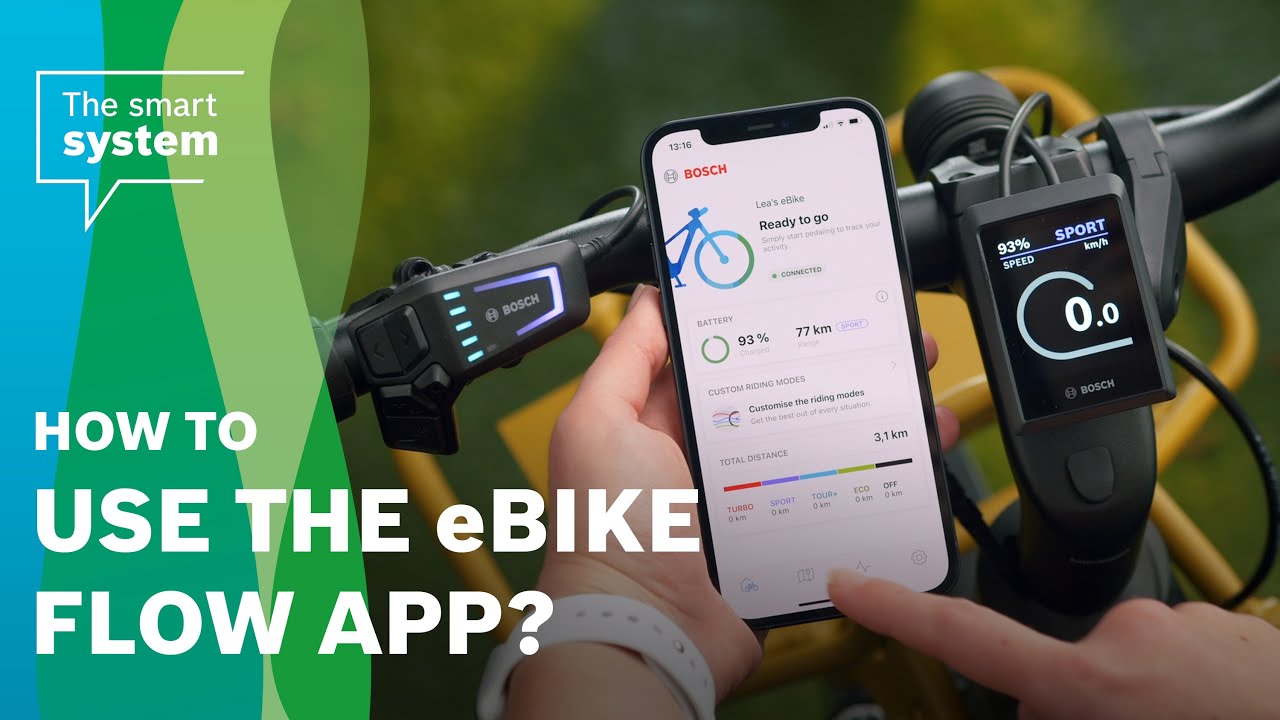
So, how does the Rail ride and feel on the trail? Well, as far as a long suspension e-trail bike goes, it feels light on its Brevard tyres with our medium test bike weighing in at around 24 kg. Even with the added weight, the suspension with my 75 kg wasn’t running at max travel, even when I tried to bottom it out. The bike feels so balanced, but also nimble, thanks to its smaller rear wheel mullet setup. The mullet allows the Rail+ to steer quicker, land those longer jumps that you may have undershot, and it still tracks across those rutted and rocky sections like a 29er should. It’s honestly the best of both worlds.
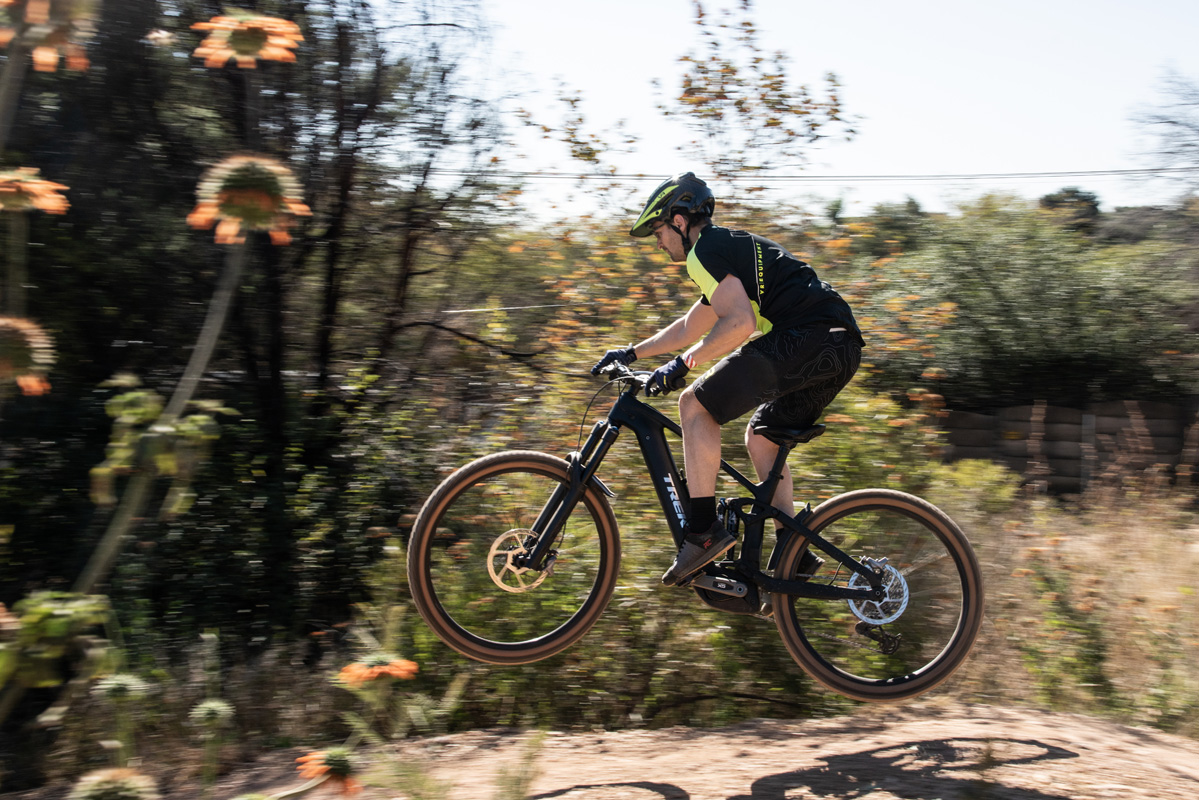
With great power comes great responsibility, and in Trek’s case, they really were responsible for chucking seriously good brakes and suspension at the 9.8. I cannot ever recall not slamming on the brakes hard at Wolwespruit, but with the Rail 9.8 and its SRAM code bronze brakes, they were probably not even at 70% of their capability. The modulation is so good that single-finger braking is a pleasure, and stabbing the brakes is not something you ever need to do. The same can be said about the Fox Performance Elite float suspension; it was so well damped, although on the hard side, it always inspired confidence and never left me wanting more or ever in a sketchy situation. Again, my riding skill didn’t even touch 70% of what it is capable of.
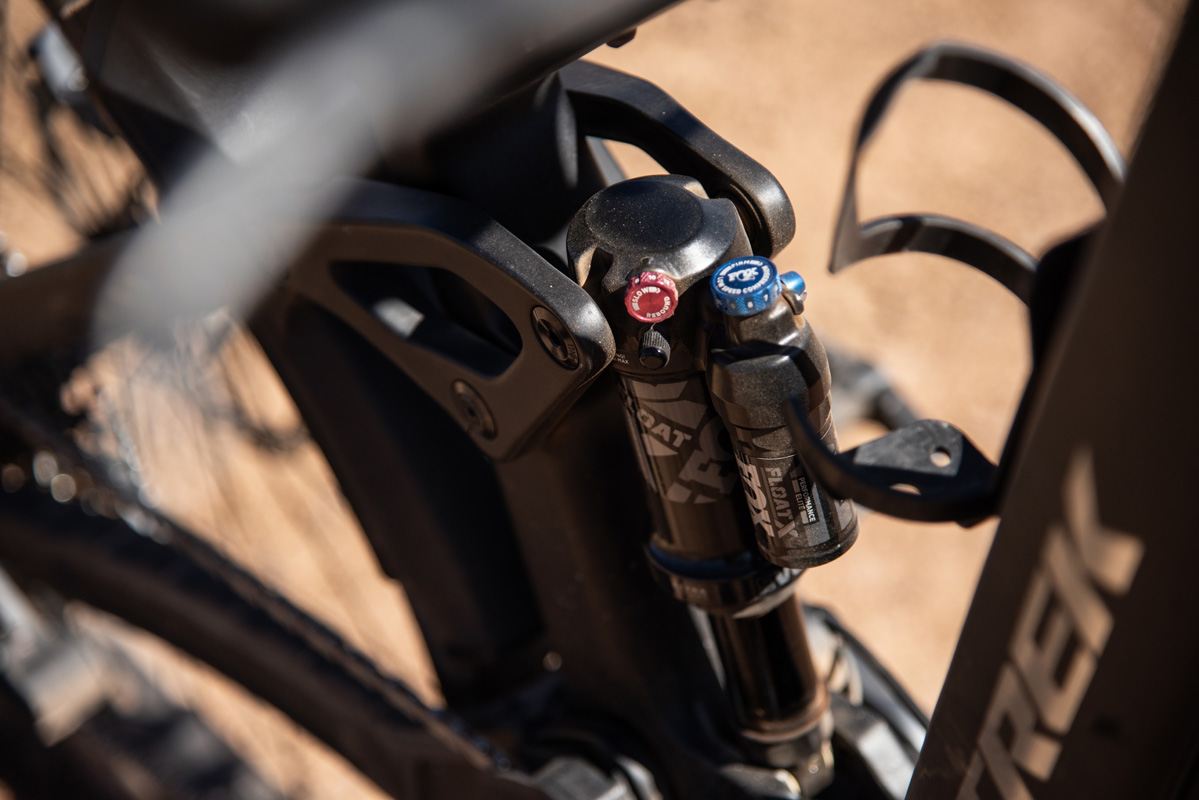
At the end of a few weeks with the Rail, it really got me thinking about how this bike kills so many birds with one stone for so many different kinds of riders. Essentially, the Rail 5 is born and raised by Trek’s R&D department for aggressive trail riders looking for a powerful electric MTB to ride both technical and longer rides. However, we see the bike can be adapted to play in the same space as the Slash+ because it can be installed with longer travel suspension, so you can have a hybrid trail slash enduro bike. However, when speaking with Jean-Luc from Trek SA, he notes that most of their sales are to retired couples looking for a holiday beach cruiser or a bike for popping to the shops and back, essentially a holiday bike.
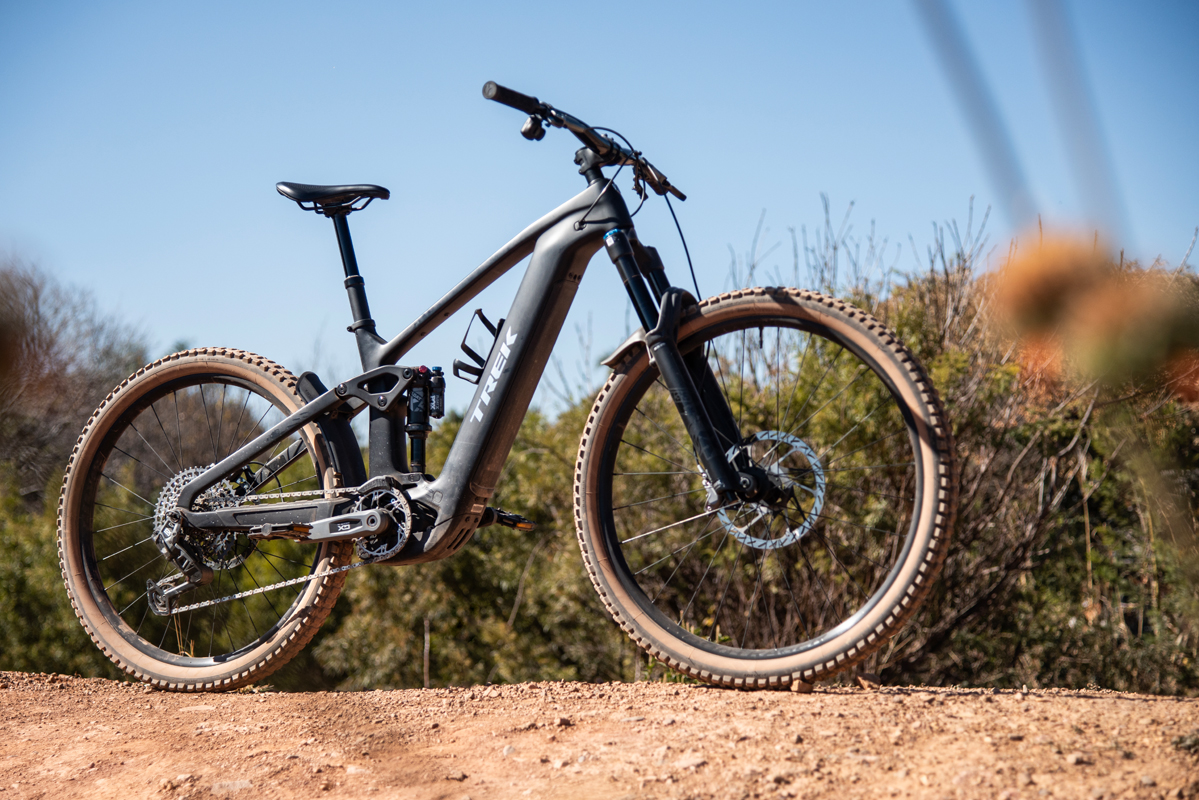
So, there you have it, Trek’s new range of Rail+ bicycles is a do-it-all for many, but is a focused bike for those who take trail riding and technical riding seriously.





